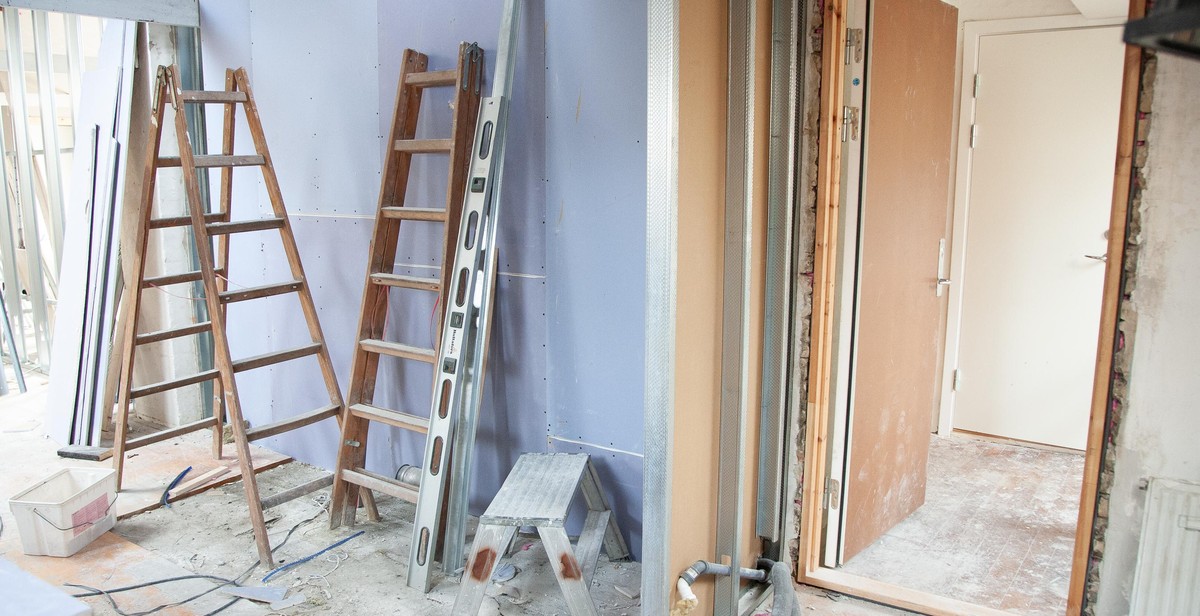Introduction
Spanish is one of the most widely spoken languages in the world, with over 500 million speakers worldwide. Whether you’re learning Spanish for business, travel, or personal reasons, having good pronunciation is key to being understood and communicating effectively with native speakers.
Why is Pronunciation Important in Spanish?
Pronunciation is an essential part of language learning, and it’s especially important in Spanish. Unlike English, Spanish is a phonetic language, which means that each letter has a specific sound. This makes Spanish pronunciation more predictable and consistent, but it also means that mispronouncing a word can completely change its meaning.
Additionally, Spanish is a language with a rich history and cultural significance. Properly pronouncing Spanish words and phrases not only shows respect for the language and its speakers, but it also helps you connect with the culture and understand its nuances.
Whether you’re a beginner or an advanced Spanish learner, perfecting your pronunciation is an ongoing process. In this article, we’ll share some tips and techniques to help you improve your Spanish pronunciation and become a more confident speaker.

Tips for Practicing Spanish Pronunciation
Learning Spanish pronunciation can be a challenge, but with the right tips and techniques, you can perfect your Spanish speech. Here are some tips for practicing Spanish pronunciation:
1. Listen to Native Speakers
One of the best ways to improve your Spanish pronunciation is by listening to native speakers. Listen to Spanish music, watch Spanish movies or TV shows, and try to mimic the sounds you hear. Pay attention to the way native speakers pronounce words and try to imitate their intonation and rhythm.
2. Focus on the Different Sounds
Spanish has a few sounds that can be difficult for English speakers to master. These include the rolled r, the ñ sound, and the difference between the b and v sounds. To improve your Spanish pronunciation, focus on these sounds and practice them until you feel comfortable.
- For the rolled r, practice making a purring sound with your tongue against the roof of your mouth.
- For the ñ sound, practice making a nasal sound by pushing air through your nose while saying the letter n.
- For the b and v sounds, practice making a soft sound with your lips pressed together for b and a harder sound with your teeth touching your lower lip for v.
3. Practice with a Partner or Tutor
Practicing with a partner or tutor can be a great way to improve your Spanish pronunciation. They can give you feedback on your pronunciation and help you identify areas that need improvement. You can also practice having conversations in Spanish to improve your overall fluency.
| Benefits of Practicing with a Partner or Tutor |
|---|
| Immediate feedback on your pronunciation |
| Opportunity to practice conversations in Spanish |
| Personalized instruction and guidance |
4. Use Pronunciation Guides and Resources
There are many resources available to help you improve your Spanish pronunciation. Use online pronunciation guides, listen to podcasts or videos that focus on Spanish pronunciation, or use apps that provide feedback on your pronunciation. Some popular resources include:
- Forvo – a website with audio pronunciations of words in Spanish and other languages
- FluentU – a language learning platform with videos that focus on Spanish pronunciation
- Pimsleur – an audio-based language learning program that focuses on pronunciation and conversation skills
By using these resources, you can improve your Spanish pronunciation and become more confident in your ability to speak Spanish.

Common Spanish Pronunciation Mistakes to Avoid
Learning Spanish pronunciation can be challenging, especially for beginners. However, it is essential to avoid common pronunciation mistakes to communicate effectively in Spanish. Here are some common Spanish pronunciation mistakes to avoid:
Mispronouncing Vowels
One of the most common Spanish pronunciation mistakes is mispronouncing vowels. Spanish vowels are pronounced differently from English vowels. Here are some examples:
| Spanish Vowel | English Equivalent | Example |
|---|---|---|
| a | ah | casa (house) |
| e | eh | perro (dog) |
| i | ee | amigo (friend) |
| o | oh | gato (cat) |
| u | oo | luna (moon) |
Remember to pronounce each vowel sound clearly and distinctly.
Mispronouncing Consonants
Another common Spanish pronunciation mistake is mispronouncing consonants. Some consonants in Spanish are pronounced differently from English. Here are some examples:
- The letter “c” is pronounced like “k” before “a,” “o,” and “u” but like “s” before “e” and “i.” For example, “casa” (house) is pronounced “kah-sah,” but “centro” (center) is pronounced “sen-tro.”
- The letter “j” is pronounced like the “h” in “hello.” For example, “jardín” (garden) is pronounced “har-deen.”
- The letter “ñ” is pronounced like the “ny” in “canyon.” For example, “mañana” (tomorrow) is pronounced “ma-nyah-nah.”
Be sure to practice the correct pronunciation of consonants to avoid common mistakes.
Misplacing Stress
Another common Spanish pronunciation mistake is misplacing stress. Stress refers to the emphasis placed on a syllable in a word. In Spanish, stress is usually placed on the second-to-last syllable of a word. Here are some examples:
- “Casa” (house) is pronounced “KAH-sah.”
- “Guitarra” (guitar) is pronounced “gee-TAH-rah.”
- “Amigo” (friend) is pronounced “ah-MEE-goh.”
Remember to place stress on the correct syllable to avoid mispronunciation.
By avoiding these common Spanish pronunciation mistakes, you can improve your Spanish speaking skills and communicate more effectively in Spanish.

Conclusion
Mastering Spanish pronunciation may take time, but with consistent practice and dedication, you can perfect your speech. Remember to focus on the different sounds and intonations, and practice them regularly until they become second nature.
Some tips to help you improve your Spanish pronunciation include listening to native speakers, breaking down words into syllables, and using resources like language learning apps and online courses.
Additionally, don’t be afraid to ask for help or feedback from others who speak Spanish fluently. They can offer valuable insights and corrections that can help you improve your pronunciation and overall language skills.
Keep Practicing and Improving Your Pronunciation
Ultimately, the key to perfecting your Spanish pronunciation is to keep practicing and improving. Whether it’s through regular conversations with native speakers, listening to Spanish music and podcasts, or participating in language exchange programs, there are many ways to continue honing your skills.
Remember, learning a new language takes time and patience, so don’t get discouraged if you don’t see progress right away. With consistent effort and a positive attitude, you can become a confident and fluent Spanish speaker.
| Resource | Description |
| Duolingo | A popular language learning app that offers Spanish courses for all levels. |
| SpanishDict | An online resource that offers Spanish-English translations, grammar lessons, and pronunciation exercises. |
| italki | A language exchange platform that connects learners with native speakers for conversation practice. |
By incorporating these tips and resources into your language learning routine, you can improve your Spanish pronunciation and become a more confident and effective communicator in the language.
